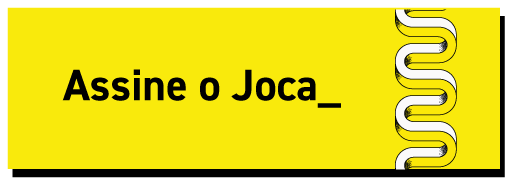In English
23 de junho de 2020
Social Isolation Has Saved More than 3 Million Lives in Europe – Level 3
Article published in Joca 152

Measures such as quarantines, the cancelling of onsite classes, and lockdowns have prevented close to 3.1 million deaths in Europe according to a study published in Nature magazine on June 8th.
The study, conducted by the Imperial College of London, in England, gathered information from 11 countries from the beginning of the pandemic of the new coronavirus in the continent to May 4th – when quarantines started being relaxed in European countries.
According to researchers, the study’s goal was to measure how useful social isolation measures have been for the Covid-19 situation to help in similar scenarios in the future, since the closing of shops, for example, impacts the economy of all countries.
How was the study carried out?
The study compared the number of people infected by the virus with the predicted number of deaths had Covid-19 spread without isolation measures. “Measuring the effectiveness of these interventions is important, given their economic and social impacts, and may indicate which courses of action are needed in future to maintain control,” reported researchers.
Another study, also published on the same date in Nature magazine and carried out by the University of California in the United States, pointed out that social isolation measures in China, South Korea, the United States, France, Italy, and Iran prevented or delayed the contamination of close to 530 million people. “There have been huge personal costs to staying home and cancelling events, but the data show that each day made a profound difference,” said Solomon Hsiang, a University of California professor, in a press release.
What I think about…
“We have to think about other people’s lives. If we go out, we will be putting our life and other people’s lives in danger. Doctors, for example, have not seen their families so that people who have the virus can see their families after they have recovered. That is why we should stay home, otherwise hospitals will be full and the health system will collapse,” Marina T. C., 10, São Paulo (SP)
Sources: CNN, Estadão, Folha de S. Paulo, G1, O Globo, and Nature magazine
Questions
1) Why did the first study cited use data only up to the beginning of May?
a) Because they only had information up to then.
b) Because the virus disappeared from Europe afterwards.
c) It was a random choice.
d) Because it was when quarantines started being relaxed in Europe.
2) What do you think of social isolation measures?
Ixi! Você bateu no paywall!
Ainda não é assinante? Assine agora e tenha acesso ilimitado ao conteúdo do Joca.












Você precisa fazer o login para publicar um comentário.